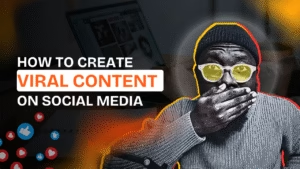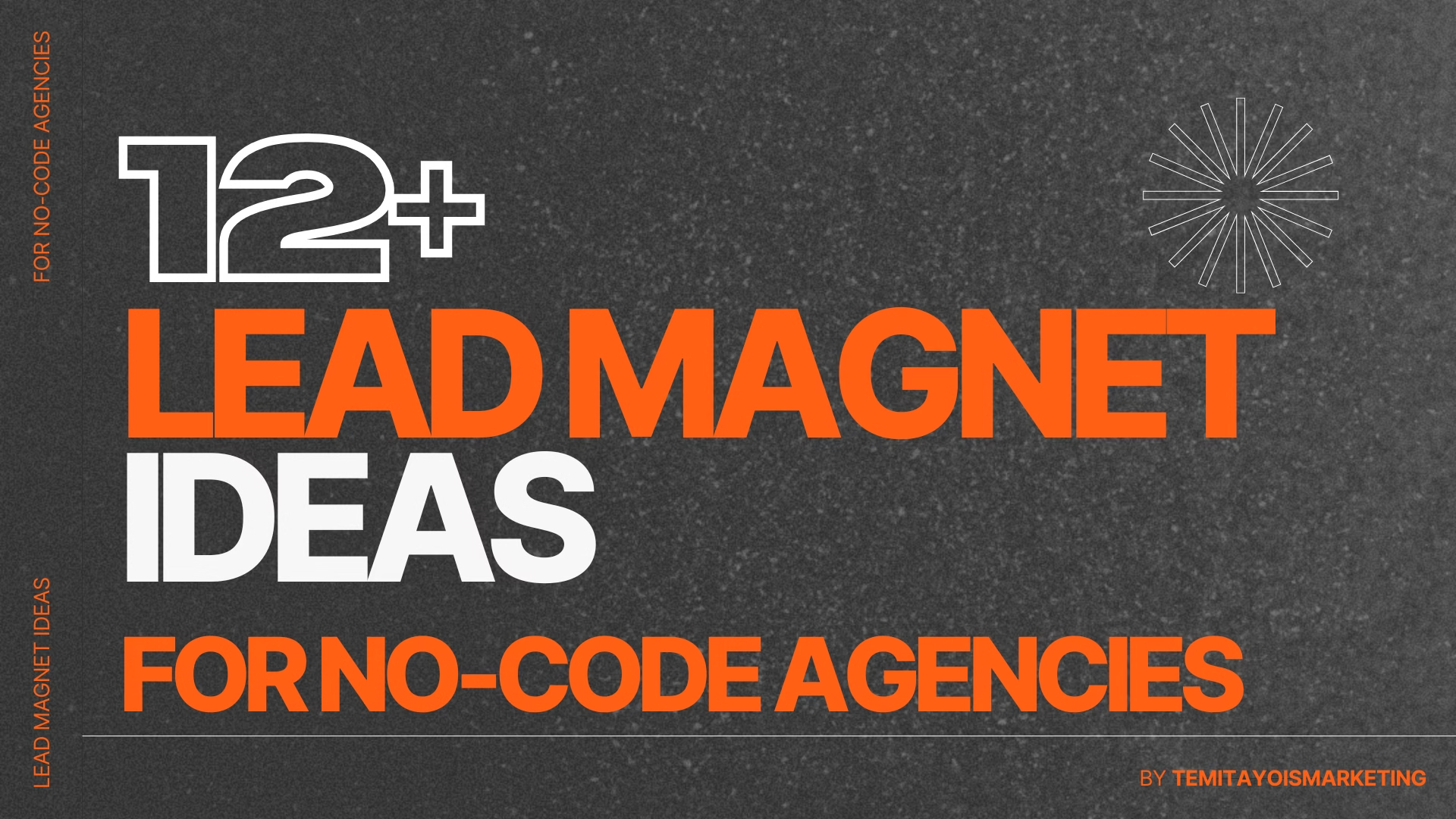Introduction
In the dynamic world of freelancing, your portfolio serves as a reflection of your skills, creativity, and professionalism.
However, if you’re a newbie freelancer seeking foreign clients, a mock portfolio, in particular, goes beyond mere samples of your work – it’s a simulation that showcases your potential to clients who seek to envision your capabilities.
This article delves into the art of building an impactful mockup portfolio as a freelancer.
We will explore how presentation matters and discuss the power of going the extra mile with your mockup portfolio drawing from my personal experience with offering marketing & copywriting on a global scale.
The Essence of a Mock Portfolio
A mockup portfolio is more than just a collection of projects; it’s a strategic tool that is responsible for setting you apart from the competition.
What are the benefits of creating one?
- Visualizing Potential:
Foreign clients often struggle to envision how a freelancer’s skills align with their needs, especially if you’re not a foreign freelancer
Thus a mockup portfolio will help you bridge this gap as it presents your capabilities in a tangible manner.
- Diverse Skill Display:
Through your mockup projects, you can showcase a variety of skills that might not be represented in a regular work or project.
This broader display can appeal to clients with differing project requirements.
- Immersive Client Experience
A well-constructed mock portfolio provides a possible foreign client with a glimpse of what it would be like to work with you, which helps you quickly build confidence and trust.
- Creativity Unleashed:
Your mockup projects can also help your creativity run wild.
These projects free you from real-world constraints, timelines and budgets which enables you to experiment with innovative ideas.
What’s Needed For A Successful Mock Portfolio
The presentation can make or break your mockup portfolio’s impact.
So when building a mockup portfolio, always keep the following elements top of mind
- Design Aesthetics:
A visually appealing portfolio instantly captures a client’s attention.
Endeavour to use a clean, organized layout and consistent branding as this creates the impression that you’re a professional.
Focus first on visual appeal.
- User Experience (UX):
Just as you would with a real project, prioritize the user experience (UX) in your mock portfolio.
Work on creating an intuitive navigation and user-centric portfolio that reflects your commitment to client satisfaction.
Aside this, pick a platform or file format that loads quickly so the client has quick access to all the details inside your projects.
- Storytelling Through Case Studies:
Although not very common, accompanying each mockup project with a compelling story makes it appear like you’re selling the product to a customer.
Which would be true if the project was owned by another client.
Describe the challenge the project aims to solve, your approach to contributing to the solution, and showcase the solution itself while highlighting the thought process behind each stage.
- Use of Visual Assets:
Make sure to incorporate high-quality images, videos, and animations to enhance the realism of your mockup.
This adds some depth to the client’s understanding of the project vision and brings them closer to taking the hiring decision.
- Client Personas:
Tailor your mockup projects to different client personas- but most importantly-try to focus on addressing the client’s target audience
Address specific industry challenges and incorporate elements that resonate with each target audience.
What To Avoid When Building A Mock Portfolio As A Freelancer
As more people are becoming freelancers and participating in freelancing, the guards of most clients are up
As great as your skill level might be, there are many others who are terribly skilled and would often perform terrible jobs.
So, when building a mock portfolio to sell your service, there are several pitfalls clients look out for that you should be aware of and avoid as these missteps can undermine the effectiveness of your portfolio and hinder your ability to impress potential foreign clients.
Here are some key things to avoid:
- A lack of Focus:
Creating a scattered portfolio that lacks a clear focus can confuse your potential clients and dilute your expertise.
Instead, centre your portfolio around a specific niche or skill set that aligns with your strengths and interests.
For example: a portfolio with mock projects dancing from Web Design to Project management to Copywriting.
Is less likely to command respect compared to a portfolio centred around Website Copywriting, SEO and VSL Copywriting.
- Quantity Over Quality:
Including a multitude of mockup projects in your portfolio can overwhelm visitors and make it difficult for them to assess your skills.
Prioritize quality over quantity, and make sure to showcase a select number of your best and most relevant projects.
- Generic or Unrealistic Projects:
Avoid creating mockups that are too generic or unrealistic.
Your portfolio should demonstrate your ability to tackle real-world challenges and offer solutions that align with industry standards.
Take the time and effort to think deeply about the portfolio
Or try to assume its a client that hired you to do the job (even if it’s just a mock job)
- Lack of Context in Case Studies:
Case studies are essential to convey your thought process and the impact of your work.
As your portfolio is only mock to you and is expected by the client to be a real job you did for another client, avoid vague descriptions and provide well simulated context about the challenges you faced, your approach, and the outcomes you achieved.
- Poor Visual Quality:
Put the extra effort in the visual appeal of your portfolio.
Low-quality and pixelated images, and poorly formatted visuals can undermine the professionalism of your portfolio.
Use high-resolution images and ensure that the visuals accurately represent your work.
If you have no idea, reach out to an up and coming freelancing with design knowledge and ask for their input in your portfolio for free or for the chance to use it as part of their own consultancy portfolio as well.
- Lack of Client Testimonials or Social Proof:
One of the key elements of your mock portfolio is social proof.
As your portfolio is meant to sell your ability to offer a service attempt to have some form of social proof given.
One of the ways to get social proof is to offer free input or free service to some business or simply ask for a remark from an industry or thought leader.
(You can do this easily with Linkedin- you will be surprised how many people are happy to give you a review)
Including testimonials, reviews, or endorsements from previous clients adds credibility to your portfolio.
Not having any social proof can leave potential clients skeptical about your abilities.
And last but not the least
- Avoid Copying Others:
While drawing inspiration from other people’s projects and portfolio is fine, directly copying the work or style of others can damage your credibility.
Aim to showcase your unique skills and perspective in your mock portfolio without copying someone else’s work.
How I Elevated My Website Copywriting Portfolio With Presentation
As an adept copywriter and seasoned marketing professional, I embarked on Upwork with the intention of expanding my client base through the platform.
In the process, I assimilated valuable insights from various communities, thereby refining an approach to achieving success within the marketplace.
Of the strategies I discovered, one principle stood out prominently: the significance of offering a hyper-niched service.
To this end, I aligned my focus towards providing web and landing page copywriting services, a specialization I undertook to hone with precision.
Subsequent to doing this, I had to build an impactful mock portfolio, and, my participation within numerous fee-based communities provided many insights one of which was
Most Copywriters have the popular practice of presenting “website copy” via Google Docs.
Not content with settling with this conventional framework, I decided to try something different with my mock portfolio.
Instead of simply writing my mock copy on a Google Doc sheet, I decided to only sell the finished product, which meant I needed to learn how to do designs,
This means my portfolio didn’t only have the web copy but it also exuded the aesthetic finesse-and what were clients looking for completed products not just words.

Need a Website Copywriter? Take a Tour Of My Work Here.
With meticulous attention, I modified all of my written copy into visual PDF documents through the use of Canva.
Then as I sought for better display of my work, I also delved into using Figma and I started presenting these designs in PDF format.
After a while, i decided to further to augment the authenticity and visual allure of my projects, and decided to collaborate with web and UI/UX designers.
This symbiotic partnership, bridging the gap between disciplines, not only bestowed a heightened sense of authenticity on my mockup projects but also infused them with a distinctive visual appearance.
In summation, my growth from a newbie on Upwork to a Top Rated Freelancer in Website copywriting services in less than a year is a sign of my dedication to showcasing my projects in a better light.
How To Construct Your Mock Portfolio As A Newbie Nigerian Freelancer
Here, I will provide a step-by-step guide to building your mockup portfolio:
Step 1: Project Selection:
The first step is to choose a very specific range of mockup projects that align with your skills and target clients.
It is often easier to create a portfolio for a well-defined service, especially if you seek clients from freelancing sites like Upwork.
Try to make sure whatever project or service you want to sell on the platform has well represented examples.
In my case, I picked Website Copywriting.
Step 2: In-depth Research:
Attempt and seek to understand the industry trends, pain points, and possible client preferences related to each mockup project.
Just because your mock portfolio contains an abstract sample doesn’t mean the problem you seek to solve can not be real.
For example:

In this example, I sought to solve the general urge and wish for junior developers to find a quick path to becoming senior developers.
Step 3: Detailed Case Studies:
Develop comprehensive case studies that narrate the journey from problem to solution, incorporating your personal touch.
Taking the customer or potential client on a ride through the portfolio with the mock business story gives the client an idea of your capacity
And even if it’s a startup client, your story might give them an inspiration or a more vivid dream of the result they seek.
Step 4: Visual Assets:
Craft engaging visuals that illustrate your skillset in action.
Utilize tools like mockup generators on Canva to create realistic depictions.
Step 5: Presentation Platform:
Choose a professional platform to showcase your mockup portfolio, ensuring a seamless user experience and fast load time.
Graphic designers often use Behance as it is free and has taken care of all site speed and load time issues
You can also use Google Sites– which is free- to host your portfolio
Or you can buy your own domain name and hosting service (this however will need you to have some low code development skills or service rendered)
Step 6: Treat your mock portfolio as an evolving entity.
Update it periodically with new projects, skills, and accomplishments.
As you begin to gain clients, your mock portfolio begins to modify slowly into a real portfolio of work done, and none of it would be simulated projects any longer.
Free Resource
I got his course when I first started freelancing so take your time to watch the video.
You can also buy his course here for just N36,500
Conclusion
A mock portfolio is your canvas to paint your potential and aspirations.
Through meticulous presentation and a personal touch, you can transform it into a compelling narrative that captivates foreign clients and collaborators alike.
By embracing the power of your personal experience and collaborating with required freelancers, you can elevate your mock portfolio beyond the ordinary, positioning yourself as a dynamic freelancer with the ability to turn imagination into reality.






